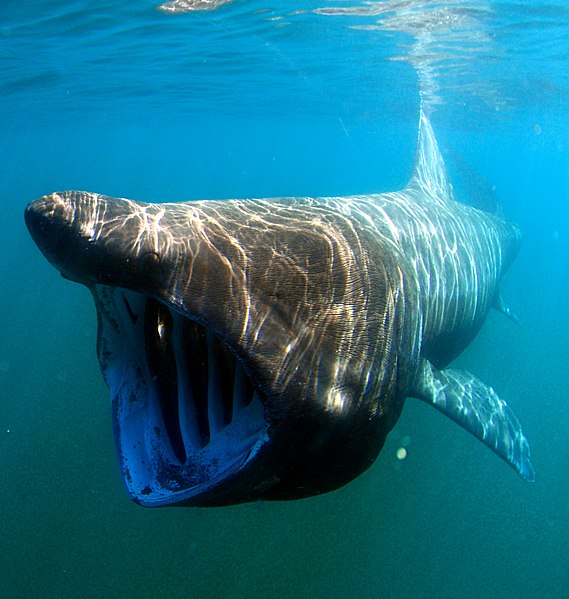Squatinactis is a genus of extinct elasmobranch chondrichthyan known from the Carboniferous aged Bear Gulch Limestone in Montana. This fish was discovered in 1974 by Richard Lund. The type specimen, named CMNH 46133, consists of a brain case, poorly preserved jaws and gills, a pectoral fin, and a partial vertebral axis. This creatures most startling feature were its broad pectoral fins which resembled those of stingrays and angel sharks (Squatina). The holotype specimen has about 15 teeth in its jaw. This creature is named after the angel shark. Remains found in the South Urals of Russia and the Eyam Limestone of Derbyshire, England, have been tentatively identified as those belonging to S. caudispinatus.
Squatinactis
Elasmobranchii is a subclass of Chondrichthyes or cartilaginous fish, including modern sharks, rays, skates, and sawfish. Members of this subclass are characterised by having five to seven pairs of gill clefts opening individually to the exterior, rigid dorsal fins and small placoid scales on the skin. The teeth are in several series; the upper jaw is not fused to the cranium, and the lower jaw is articulated with the upper. The details of this jaw anatomy vary between species, and help distinguish the different elasmobranch clades. The pelvic fins in males are modified to create claspers for the transfer of sperm. There is no swim bladder; instead, these fish maintain buoyancy with large livers rich in oil.
Elasmobranchii
Image: Cetorhinus maximus by greg skomal



